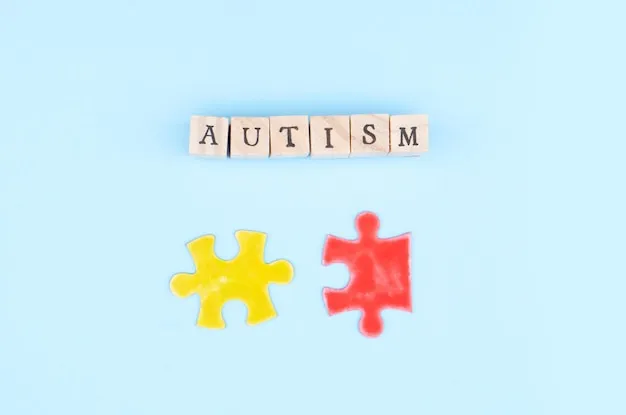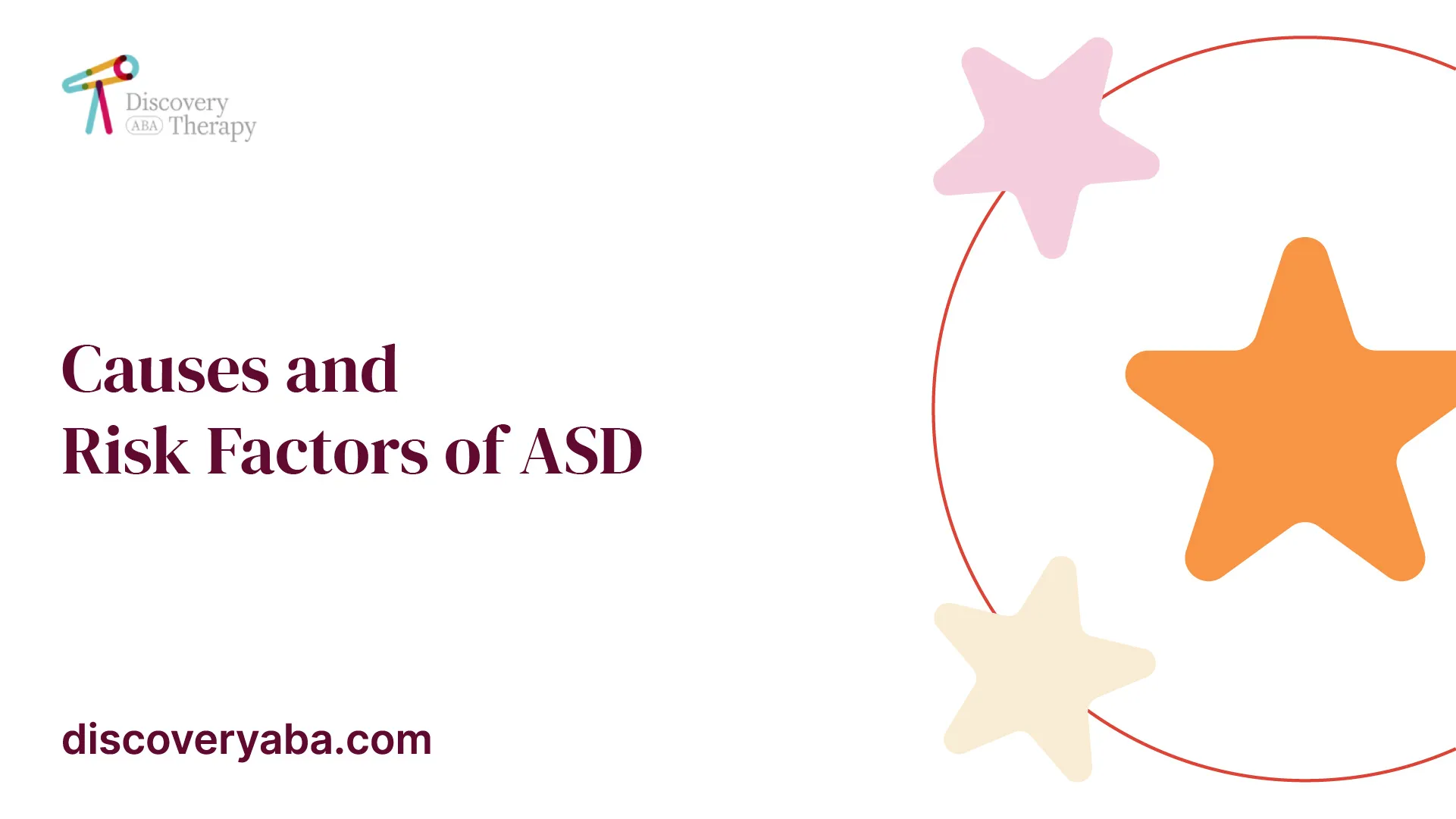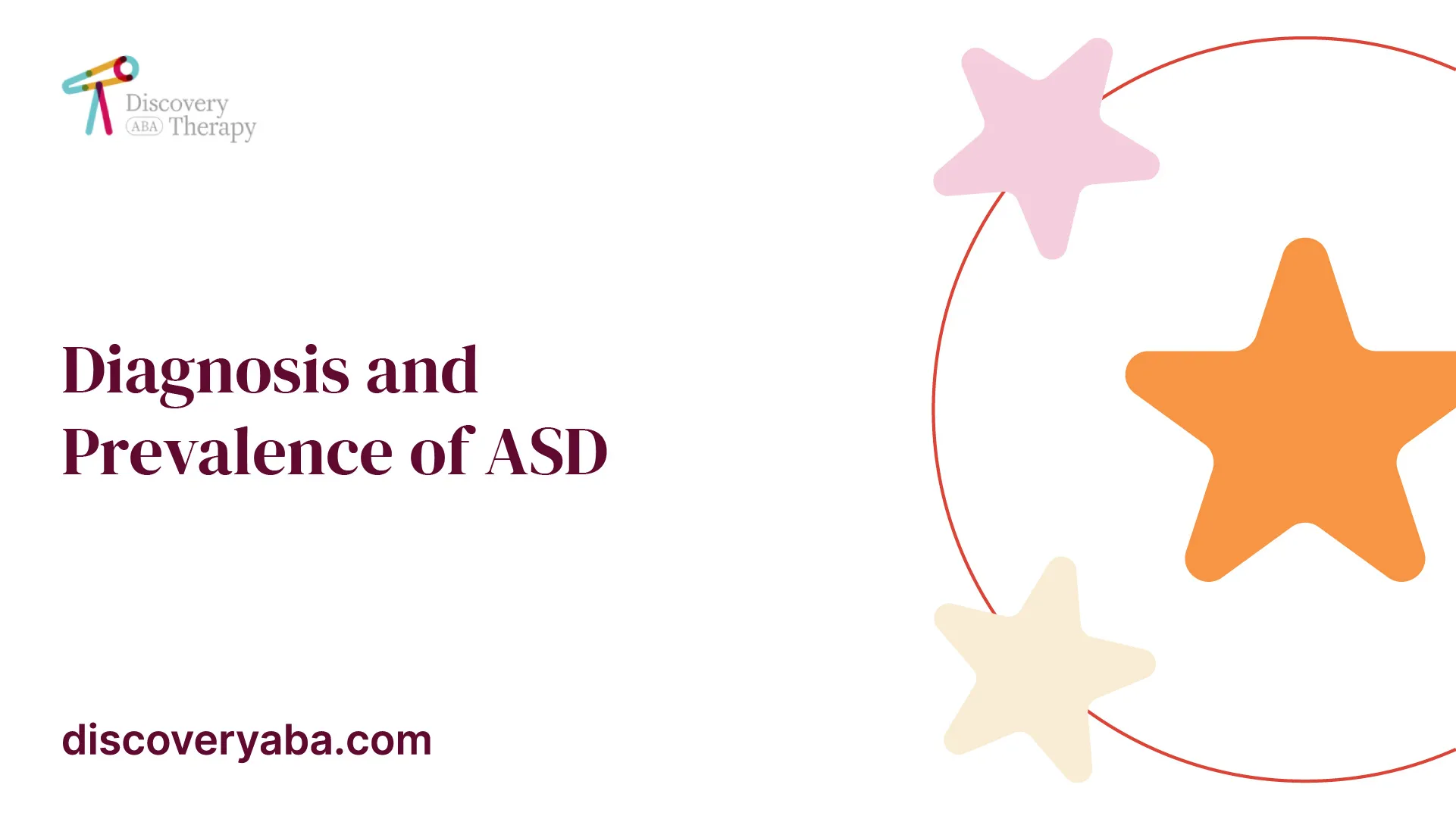Que Es Autismo
Discover the essentials of 'que es autismo' and explore the characteristics, causes, and treatments of ASD.

Understanding Autism Spectrum Disorder

Overview of ASD
Autism Spectrum Disorder (ASD) is a developmental disability that can lead to significant challenges in social interaction, communication, and behavior. According to the CDC, individuals with ASD may exhibit a wide range of abilities and challenges, which is why it's termed a "spectrum." The traits associated with autism can manifest in various ways, affecting each individual uniquely.
ASD can be identified in children as early as 18 months, although increased awareness and screening have led to more adults being diagnosed recently [1]. This increase in recognition helps ensure that more people receive the support they need, regardless of their age.
Characteristics of ASD
Individuals with Autism Spectrum Disorder often display a variety of characteristics that can impact their daily lives. Common characteristics include challenges in social communication and interaction, as well as restricted or repetitive behaviors and interests [2].
Here is a summary of typical characteristics associated with ASD:
CharacteristicDescriptionDifficulty with social interactionsChallenges in understanding social cues and responding appropriately.Communication challengesVarying levels of speech and language skills; some may be non-verbal.Repetitive behaviorsEngaging in repetitive movements or speech patterns.Restricted interestsIntense focus on specific topics or activities.Sensory sensitivitiesSensitivity to sensory inputs like sounds, lights, or textures..Comorbid medical conditionsConditions such as anxiety, sleep disturbances, or gastrointestinal issues may co-occur.
Recognizing these characteristics is vital in understanding the experiences of people with ASD. With proper support and interventions, many individuals with autism can lead fulfilling and independent lives. For more insights regarding communication challenges, consider exploring social communication disorder and social pragmatic communication disorder, which are related concepts associated with ASD.

Causes and Risk Factors of ASD1
Understanding the causes and risk factors of Autism Spectrum Disorder (ASD) is essential for recognizing how it develops. Research indicates that a mix of genetic and environmental influences contributes to the risk and characteristics of autism [5].
Genetic Influences
Genetic factors play a significant role in the development of autism. Studies show that autism tends to run in families. A meta-analysis of seven twin studies indicates that the genetic risk for developing ASD is estimated to be between 60% and 90%. This suggests that changes in specific genes can elevate the likelihood of autism, making genetic testing advisable for individuals with ASD to identify potential genetic causes and associated risks.
Genetic FactorRisk ContributionFamily HistoryHighGenetic MutationsVariable
Environmental Factors
In addition to genetic influences, environmental factors can also impact the risk of autism. Certain prenatal exposures have been closely linked to ASD development. For example, children exposed to valproate during pregnancy, especially in the first trimester, are at an eightfold higher risk of developing autism. Furthermore, prenatal exposure to antidepressants, particularly selective serotonin reuptake inhibitors, has been associated with a modestly increased risk [6].
Environmental FactorIncreased RiskValproate Exposure8-foldAntidepressantsModest
Ultimately, it is important to clarify that vaccines do not cause autism, as confirmed by extensive research conducted over the last two decades. Understanding these causes and risk factors can help in recognizing the complex nature of ASD, thereby leading to better support for individuals with autism. For information on related communication disorders, see our articles on social communication disorder and social pragmatic communication disorder.

Diagnosis and Prevalence of ASD2
Understanding the diagnosis and prevalence of Autism Spectrum Disorder (ASD) is crucial for awareness and effective intervention. This section explores the early signs of autism and the current rates of diagnosis.
Early Signs of Autism
Parents and caregivers may notice autism traits in children as early as 18 months of age. Early symptoms may include difficulties with communication, social interactions, or repetitive behaviors. Recognizing these traits is essential for early diagnosis and intervention. Autism can also be diagnosed in adults, largely due to increased awareness and better screening practices during medical appointments.
Here are some common early signs of autism:
Age GroupSigns of Autism6 - 12 MonthsLimited eye contact, lack of response to name, limited babbling1 - 2 YearsDelayed speech development, lack of interest in social play, repetitive movements2 - 3 YearsDifficulty understanding social cues, limited use of gestures, preference for solitary play
Rates of ASD Diagnosis
Recent statistics indicate that ASD affects approximately 1 in every 44 children aged 8 years old, according to the Centers for Disease Control and Prevention. The condition is more prevalent in boys and children assigned male at birth (AMAB), being more than four times as common in these groups compared to girls and children assigned female at birth (AFAB).
StatisticValueAffected Children (%)2.27% (1 in 44)Ratio of Boys to Girls4:1
Understanding these early signs and the prevalence of ASD can facilitate timely access to resources and interventions. For those interested in related communication challenges, consider exploring social pragmatic communication disorder and social communication disorder. Additionally, awareness of the connection between autism and other conditions, such as borderline personality disorder and autism, can provide a more comprehensive understanding of an individual's needs.
Interventions for ASD
Effective intervention strategies play a crucial role in supporting individuals with Autism Spectrum Disorder (ASD). These interventions aim to enhance their quality of life and promote functional independence. The main categories of interventions include behavioral therapies and other therapeutic options.
Behavioral Therapies
Behavioral therapies, particularly those based on Applied Behavioral Analysis (ABA), are regarded as the most effective interventions for ASD. These therapies focus on minimizing the impact of core characteristics and associated deficits of ASD, while maximizing functional independence and overall quality of life [8].
ABA involves systematic reinforcement of desirable behaviors and reduction of undesired behaviors through positive feedback and learning techniques. This method encourages social skills, communication, and daily living skills among individuals with ASD.
ABA therapy can be tailored to meet individual needs and can take various forms, including:
Type of ABA TherapyDescriptionDiscrete Trial Training (DTT)Structured method involving repeated practice in short sessions.Verbal Behavior Therapy (VBT)Focuses on teaching communication through language.Natural Environment Training (NET)Uses everyday situations to teach skills in a natural context.
Other Therapeutic Options
In addition to behavioral therapies, various other therapeutic options can greatly assist individuals with ASD. Each option serves unique purposes that target specific challenges faced by those on the spectrum. Some of these include:
Together, these interventions can create a comprehensive support system for individuals with ASD. To explore more about social communication challenges, check out our articles on social communication disorder and social pragmatic communication disorder.
Medication and ASD
Medication can play a role in the management of Autism Spectrum Disorder (ASD) by addressing specific behavioral symptoms. Understanding the available FDA-approved treatments and considerations for medication use is essential for individuals with autism and their families.
FDA-Approved Treatments
The U.S. Food and Drug Administration (FDA) has approved certain medications primarily to manage behavioral symptoms associated with ASD rather than to target the core attributes of the disorder. The most notable FDA-approved treatments include antipsychotic medications, which are effective in managing irritability, aggression, and self-injurious behaviors.
MedicationApproved UseAge RangeRisperidoneIrritability associated with ASD5-16 yearsAripiprazoleIrritability associated with ASD6-17 years
These medications have been shown to help individuals manage challenging behaviors, allowing them to engage more effectively in learning and communication. Ongoing phase 3 FDA trials are exploring new treatment options that may directly address the core features of ASD.
Considerations for Medication Use
While medications can aid in tackling specific symptoms of autism, it's crucial to understand that there is currently no cure for ASD. Medications are most beneficial when used alongside behavioral therapies to enhance overall treatment outcomes. Families should collaborate closely with healthcare providers to determine the safest and most effective approach to medication management. This is important as all medications carry potential risks, some of which can be serious.
When considering medication for an individual with autism, it is essential to take into account the following:
Understanding the nuanced role of medications in managing ASD is key for individuals and families navigating their treatment journey. For more information on specific challenges and disorders related to autism, explore resources on social communication disorder and non-verbal autism.
Levels of Autism
Understanding the levels of Autism Spectrum Disorder (ASD) helps in identifying the support needs of individuals. The American Psychiatric Association categorizes autism into three distinct levels based on the support required for communication and daily functioning.
Level 1 ASD
Level 1 Autism is often characterized as high-functioning. Individuals at this level may require some support for social communication and may struggle to initiate conversations. They typically have fewer difficulties in understanding social cues compared to those at higher levels but still face challenges in engaging socially [10].
Characteristics of Level 1 ASDMay struggle with initiating social interactionsDifficulty in understanding social nuancesTypically able to manage daily living with minimal supportOften capable of independent living
Level 2 and Level 3 ASD
Level 2 Autism requires substantial support. Individuals at this level often face significant challenges with social communication and may display noticeable difficulties in initiating interactions. They typically benefit from tailored social skills training and support to navigate daily situations.
Level 3 Autism indicates very substantial support needs. Individuals often experience severe challenges with verbal communication and may exhibit significant behavioral concerns. They typically require intensive intervention and supervision throughout their daily lives [10].
Characteristics of Level 2 ASDCharacteristics of Level 3 ASDRequires substantial support for communicationRequires very substantial supportMay exhibit difficulty with social interactionsSevere challenges with verbal communicationNoticeable difficulties in adapting to changesOften needs constant supervision
This classification helps in understanding the diverse needs of individuals on the autism spectrum. It is essential to understand that each person's experience is unique, and support should be tailored accordingly. For further exploration of related conditions, consider reading about social communication disorder or non-verbal autism.
References
[2]:
[3]:
[4]:
[5]:
[6]:
[7]:
[8]:
[9]:
[10]:
Does Your Child Have An Autism Diagnosis?
Learn More About How ABA Therapy Can Help
Find More Articles
Contact us
North Carolina, Nevada, Utah, Virginia
New Hampshire, Maine
Arizona, Colorado, Georgia, New Mexico, Oklahoma, Texas
.avif)




































































































